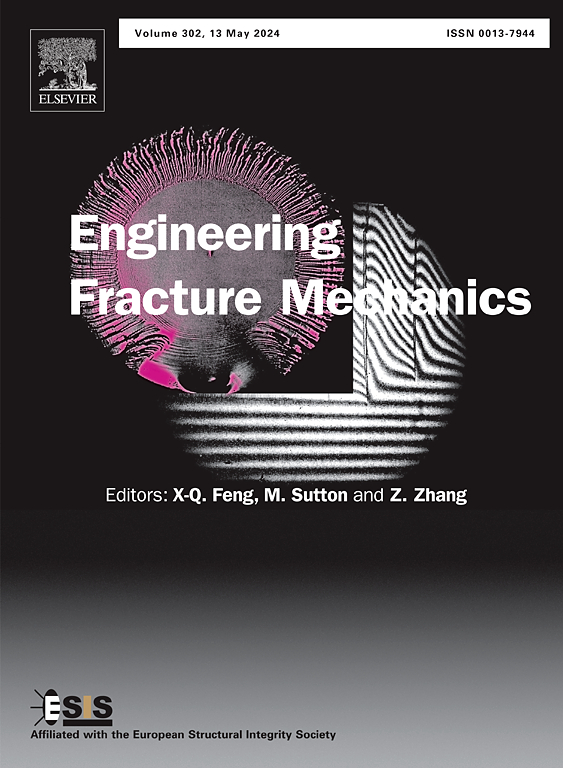Experimental and numerical investigation of groove-assisted impact rock-breaking
IF 4.7
2区 工程技术
Q1 MECHANICS
引用次数: 0
Abstract
Groove-assisted impact rock-breaking represents a critical mechanical method for fracturing rocks; however, comprehending its underlying mechanisms governing fracture initiation and propagation remains incomplete. This paper aims to fill this knowledge gap by first establishing a dedicated test bench for groove-assisted impact rock-breaking and conducting double-impact head experiments with varying spacings. Subsequently, a finite discrete element method (FDEM) model is developed, incorporating zero-thickness cohesive elements, to validate and refine the numerical simulations against experimental outcomes. The investigation then systematically explores the impacts of double-head and multi-head rock-breaking to elucidate the dynamic evolution of stress fields and damage processes throughout the rock-breaking sequence. This includes the formation of dense cores, the initiation and propagation of fractures, and the eventual propagation of splitting damage. Noteworthy findings of this study include the identification and characterization of four distinct damage zones: an intermediate impact breakage zone dominated by shear damage, an annular extrusion damage zone typified by tensile failure, a primary surface cracking damage zone, and an interconnecting damage zone between dual impact heads, both characterized by tensile damage. Additionally, the study examines variations in penetration depth relative to the number and positioning of impact heads under conditions of equal energy input. These insights significantly enhance our understanding of the fracture mechanics involved in groove-assisted impact rock-breaking and lay the groundwork for enhancing rock-breaking efficiency.
求助全文
约1分钟内获得全文
求助全文
来源期刊
CiteScore
8.70
自引率
13.00%
发文量
606
审稿时长
74 days
期刊介绍:
EFM covers a broad range of topics in fracture mechanics to be of interest and use to both researchers and practitioners. Contributions are welcome which address the fracture behavior of conventional engineering material systems as well as newly emerging material systems. Contributions on developments in the areas of mechanics and materials science strongly related to fracture mechanics are also welcome. Papers on fatigue are welcome if they treat the fatigue process using the methods of fracture mechanics.

 求助内容:
求助内容: 应助结果提醒方式:
应助结果提醒方式:


